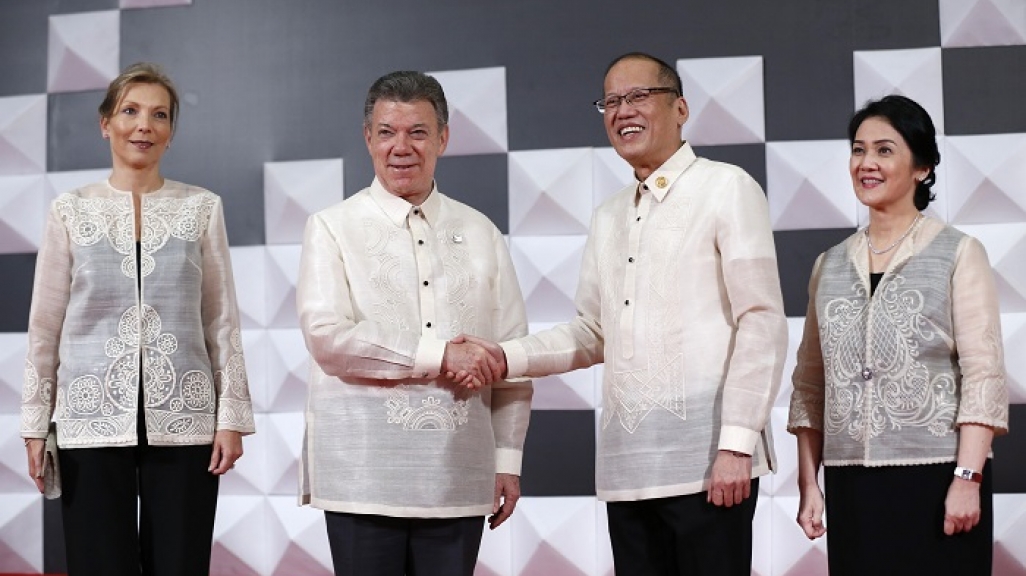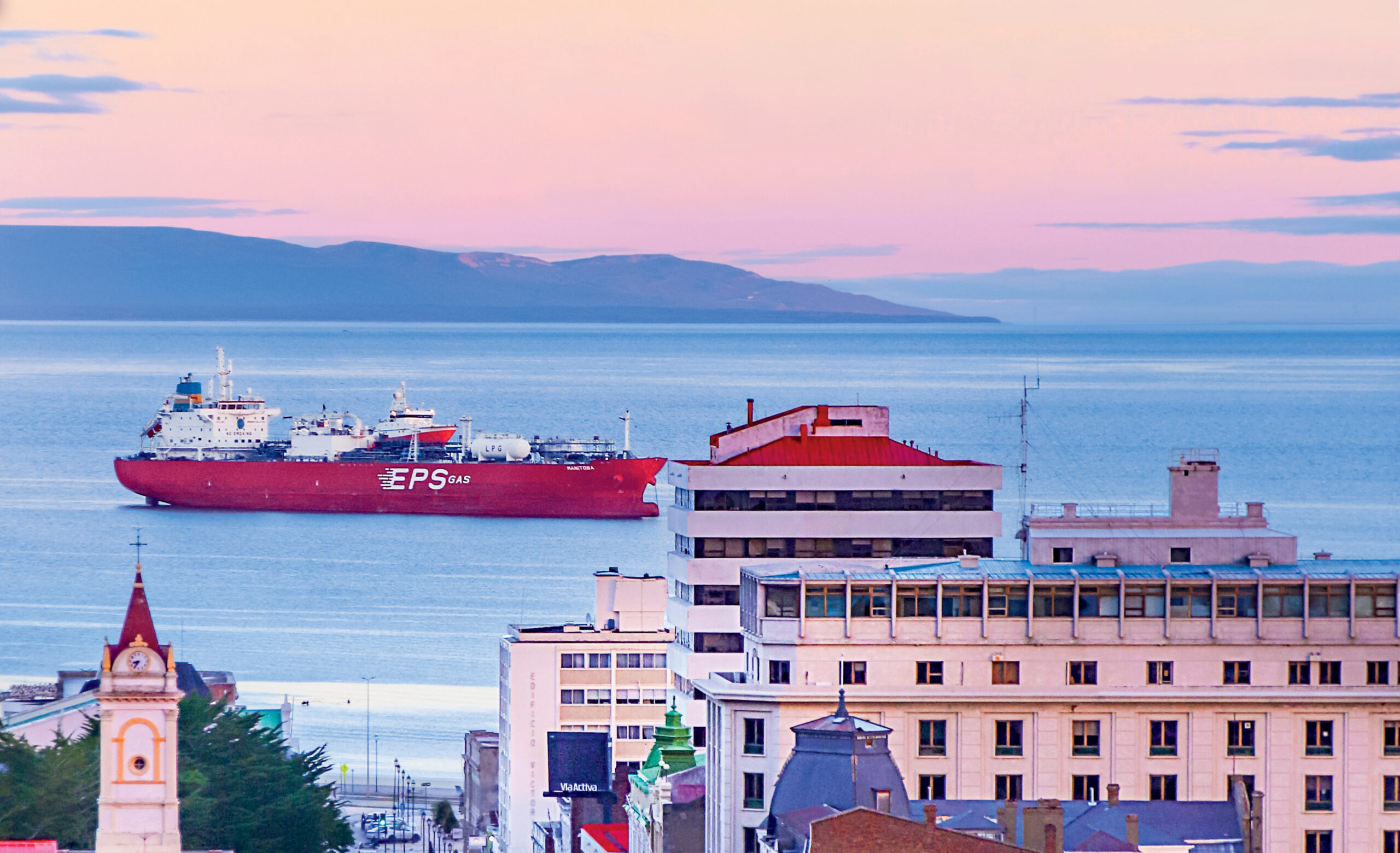The Americas at APEC: Three Points on the Manila Leaders' Summit
The Americas at APEC: Three Points on the Manila Leaders' Summit
How does APEC help and hinder Latin American trade? COA Vice President Eric Farnsworth explains.
Manila plays host this week to global leaders, including U.S. President Barack Obama, for the Asia-Pacific Economic Cooperation summit. The 21-member group accounts for roughly 57 percent of global GDP and 47 percent of worldwide trade. COA Vice President Eric Farnsworth provides an overview of summit priorities, how it relates to the Trans-Pacific Partnership, and Latin America’s role.
Why are world leaders in the Philippines this week?
Heads of state are in Manila for the Asia-Pacific Economic Cooperation (APEC) leaders’ meeting taking place November 18 and 19. The APEC summit focuses on ways to build inclusive economic growth across a region connecting Asia, North America, and South America. Priority topics on the official agenda are regional economic integration; development of small- and medium-sized enterprises with a view to integrating them more fully into the global marketplace investing in human capital; and risk preparedness, including food security.
Nonetheless, the summit takes place in the aftermath of the November 13 Paris attacks, and a discussion of security issues has once again come to the fore. The meeting will also be conducted within a framework of heightened concern surrounding global politics and economics. China is slowing economically but growing in regional ambitions, including steps to project power into disputed waters of the South China Sea. Ongoing Russian actions in both Syria and Ukraine have challenged the Obama administration. Commodities prices and international trade flows are down, particularly impacting emerging markets. Lastly, global growth is struggling even as the U.S. Federal Reserve contemplates raising interest rates.
How does TPP fit into all this?
The Trans-Pacific Partnership (TPP) is a separate agreement negotiated among 12 countries—all of them APEC members—who have determined to follow a so-called “pathfinder” approach, whereby countries who want to link their economies more closely through trade agreements or other means can do so when ready, rather than being held back by nations unable or unwilling to liberalize cross-border trade and investment at the same pace. The TPP is a cutting-edge trade agreement designed to couple the latest advances in trade with investment practices, while taking account of rapidly changing global economic conditions among parties best able to meet the high standards the agreement requires. The accord, once passed and implemented, may eventually include countries such as China or Brazil, but as yet those discussions are far off.
In the meantime, APEC leaders in Manila will discuss strategies to ensure that potential agreements such as TPP or the China-led Regional Comprehensive Economic Partnership enhance rather than complicate trade and investment relations in the Asia-Pacific region.
Regrettably, the pathfinder approach was not employed during the now-abandoned negotiations for a Free Trade Area of the Americas, although in the Western Hemisphere this is now what is occurring de facto as the hemisphere devolves into a number of separate and unrelated trade arrangements.
What is the role for Latin America in APEC?
APEC incorporates three Latin American nations: Chile, Mexico, and Peru. Canada and the United States make up the balance of Western Hemisphere member states. Traditionally, the Latin American voice has been somewhat muted within APEC, in part because the balance of the 21 members are in East Asia, Southeast Asia, and Australasia. At the same time, under a moratorium for new members, additional Latin American countries such as Colombia that have expressed interest have not been permitted to join.
This is a setback for U.S. policy in the Americas arising from the arbitrary determination that APEC membership is required to join TPP. There is no particular purpose for such requirement beyond convenience, and breaking the APEC link with TPP would immediately offer Colombia, Central America, and even Atlantic-facing Uruguay a new and vital connection to the global economy.
On the other hand, 2016 will be significant for Latin America because Peru will serve as the APEC host, raising the profile of Latin America’s important economic role in the pan-Pacific region. Indeed, Colombia’s President Juan Manuel Santos is in Manila this week as an observer, and will almost certainly also be invited to Lima next year. The coming year will be a significant opportunity for Latin America to increase its weight in pan-Pacific affairs. This is a vision that Washington can and should actively support.








